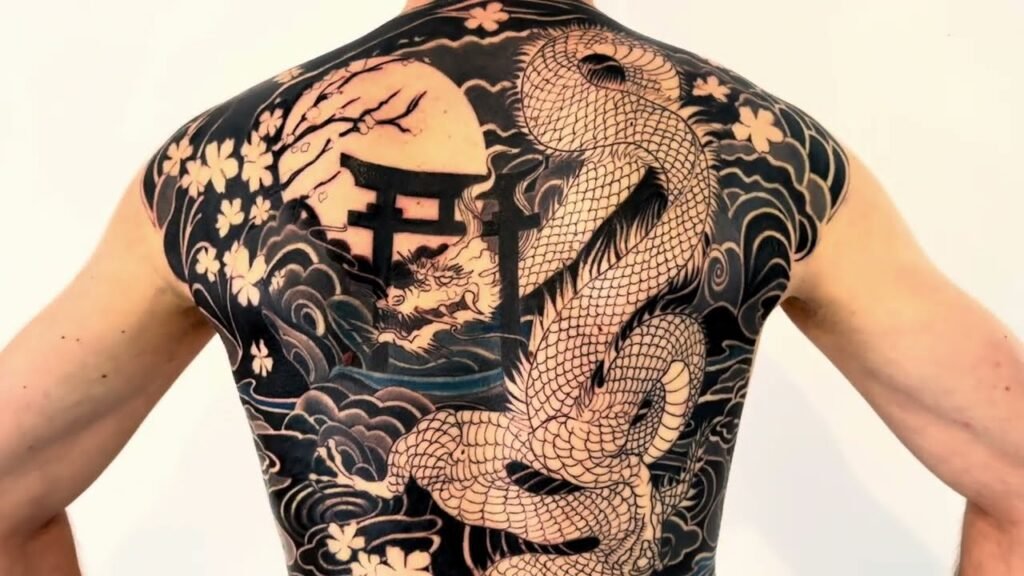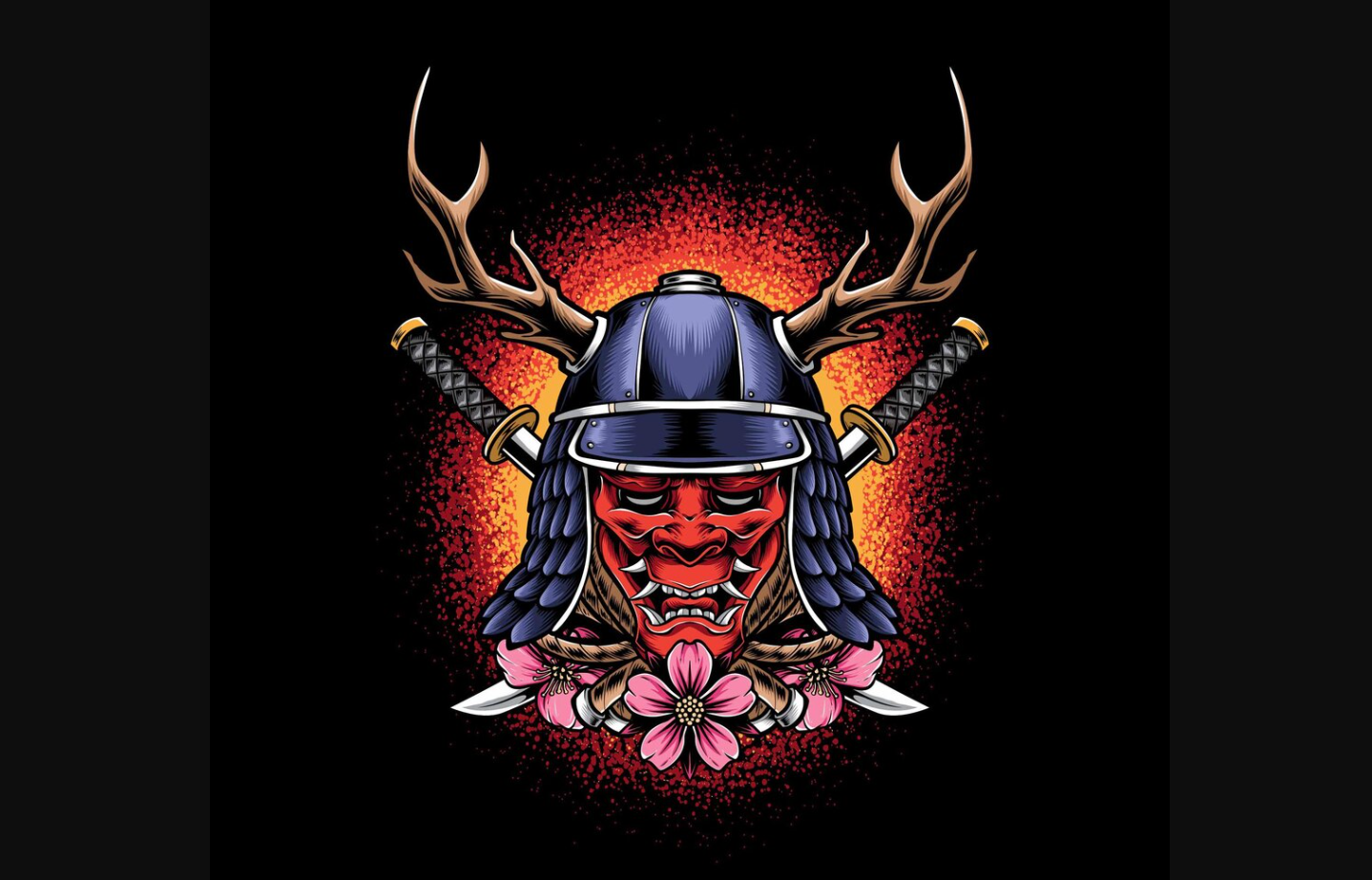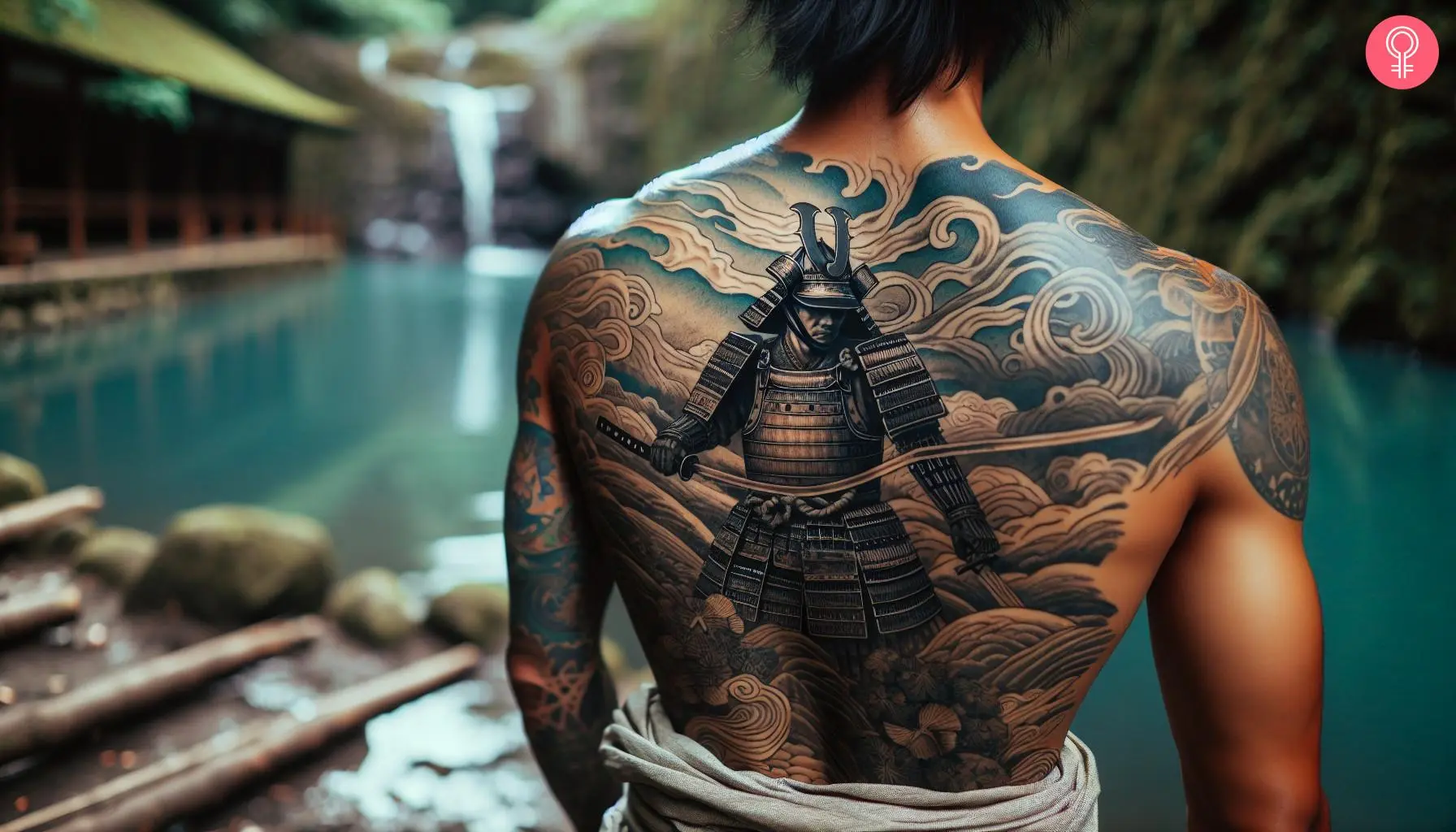

Japanese style tattoos, also known as Irezumi, have a rich and fascinating history that spans centuries. These intricate and symbolic tattoos have played various roles in Japanese culture, from spiritual significance to associations with the underworld. Today, Japanese style tattoos are admired worldwide for their artistic beauty, deep symbolism and unique techniques. This article explores the origins, evolution and modern significance of Japanese style tattoos.
The history of Japanese style tattoos dates back thousands of years. The earliest evidence of tattooing in Japan comes from clay figurines known as dogū, which date back to the Jōmon period (10,000 BC – 300 BC). These figurines feature patterns on their bodies that many historians believe represent tattoos. Additionally, ancient Chinese texts from around 300 CE describe the indigenous people of Japan as having tattoos for spiritual and decorative purposes.
During the Yayoi period (300 BC – 300 CE), tattoos were used to indicate social status and were believed to have protective qualities against evil spirits. However, as Japan became more influenced by Chinese and Confucian ideals, the perception of tattoos began to shift. Tattoos started being associated with criminals and outcasts, a stigma that persisted for centuries.

The Edo period (1603–1868) marked a turning point in the history of Japanese style tattoos. During this era, Japan experienced a cultural flourishing, and tattooing evolved into a respected art form. One of the main influences on Irezumi during this time was ukiyo-e, the famous woodblock print art that depicted legendary figures, mythological creatures, and heroic samurai. These dramatic and detailed prints inspired the designs of Japanese style tattoos, leading to the creation of full-body tattoo compositions.
However, the Edo period also saw the use of tattoos as punishment. Criminals were often marked with permanent tattoos on their arms or faces to identify them as lawbreakers. Ironically, this practice led some criminals to embrace tattooing as a means of reclaiming their identity, leading to the association of tattoos with the yakuza, Japan’s organized crime syndicates.
Japanese style tattoos or Irezumi are renowned for their deep symbolism. Each element within a tattoo carries meaning, often drawn from mythology, folklore and nature. Some of the most common motifs in Japanese style tattoos include:
These elements are often combined to create intricate and meaningful tattoo compositions, making Japanese style tattoos a highly personalized form of self-expression.
During the Meiji Restoration (1868–1912), Japan sought to modernize and improve its international image. The government banned tattooing, considering it a barbaric practice that could tarnish Japan’s reputation in the eyes of Western nations. Despite the official ban, tattoo artists continued their craft underground, tattooing sailors, foreigners, and members of the yakuza.
This period reinforced the association between Japanese style tattoos and the underworld. Many yakuza members adorned their bodies with full-body tattoo suits, which became a symbol of their allegiance, strength, and commitment to their criminal organizations. This connection contributed to the stigma surrounding tattoos in Japan, a perception that lingers to this day.

The tattoo ban was officially lifted after World War II, but the negative stigma remained. Despite this, Irezumi tattoo experienced a resurgence in popularity, particularly in the West. Many Western tattoo artists studied traditional Irezumi techniques, incorporating them into their own styles.
In Japan, tattooing remains a controversial subject. Many public places, such as bathhouses (onsen) and gyms, still prohibit individuals with tattoos from entering. However, attitudes are gradually changing, with younger generations embracing tattoos as a form of art and self-expression rather than a symbol of criminality.
Japanese style tattoos are created using two primary techniques:
Both methods require years of training to master, and traditional Japanese tattoo artists, known as horishi, often undergo apprenticeships under skilled masters before being recognized in the industry.